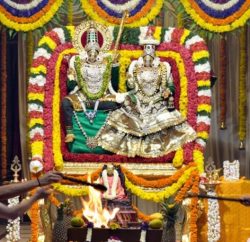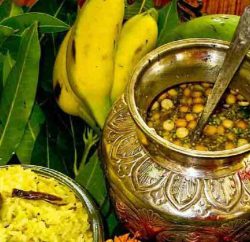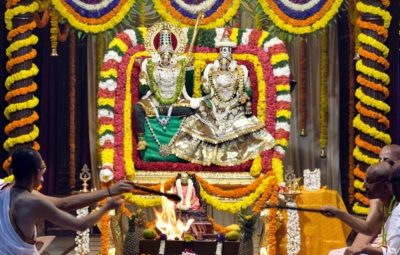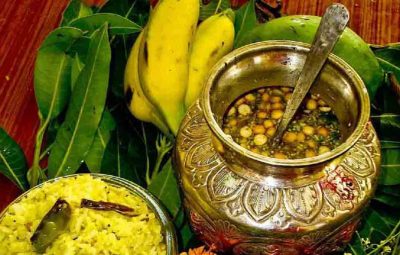
The Konark Sun Temple, a stunning monument; a masterpiece of architecture of religious significance is at Konark. King Narasimhadeva-I of the Ganga dynasty built this temple with the help of 1200 artisans in a time span of 12 years.
The temple is designed in the shape of a huge chariot drawn by seven horses with 12 wheels, carrying Surya, the sun god, across the heavens. The temple is a UNESCO World Heritage site and is one of the architectural wonders of India.
It is about 35 kms from the Jagannath temple in Puri and 65 kms from Bhubaneshwar, the capital city of Odisha. The name Konark is an amalgamation of 2 words — Kona means corner and Arka means the Sun. Which means to convey that the Sun god worshipped in Ark Kshetra is called Konark. Legend has it that after vanquishing the demon Gayasura, Lord Vishnu placed His belongings at several places to celebrate the victory. He placed the conch at Puri, Disc at Bhubaneshwar, Mace at Jajapur and finally the Lotus at Konark.
The temple was an important landmark for European sailors and it was named by them as ‘The Black Pagoda’. Mythology says that Lord Krishna’s son Samba had leprosy due to a curse. He undertook severe austerities for twelve years at the confluence of Chandrabhaga River with the sea at Konark and succeeded in pleasing Lord Surya, the healer of all skin ailments. To show his gratitude for being cured, he erected a temple in honour of Lord Surya at Konark.
When bathing in the river the next day, Samba found an image fashioned out of Surya’s body by Vishwakarma. He installed this image in the temple built by him and since then, this place has been revered.
In olden times worship of Sun god was practiced along with the worship of mother Earth as Dharitri Mata. The Sun god is regarded as the supreme lord of the universe and the prime object of life-giving energy, being the healer of diseases. Among the five prominent religious kshetras which are located in Odisha, Konark was considered to be one, the other four being Jajpur, Puri, Bhubaneswar and Mahavinayak.
There are many smaller shrines situated around the Sun Temple – Tribenishwara, Rameshwar, Chitreshwara and Utpaleshwar – all Shiva-lingas. Khileshwari, Ramachandi Rudrani, Chitreshwari, Charchika – various forms of Goddess Durga.

Konark Temple was designed in the form of an elegantly decorated huge chariot mounted on 24 wheels that are three meters wide, and drawn by seven sturdy horses. The stone wheels, pillars, etc., are all elaborately carved. The wheels of the temple are sundials which can be used to calculate time precisely to a minute including day and night.
Presently the ruins of the temple include the audience hall, dance hall and dining hall. No worship is being performed in the temple now.
Eminent classical dancers across India get together every year in December to pay tribute to a master piece in stone – the Sun temple at Konark.










